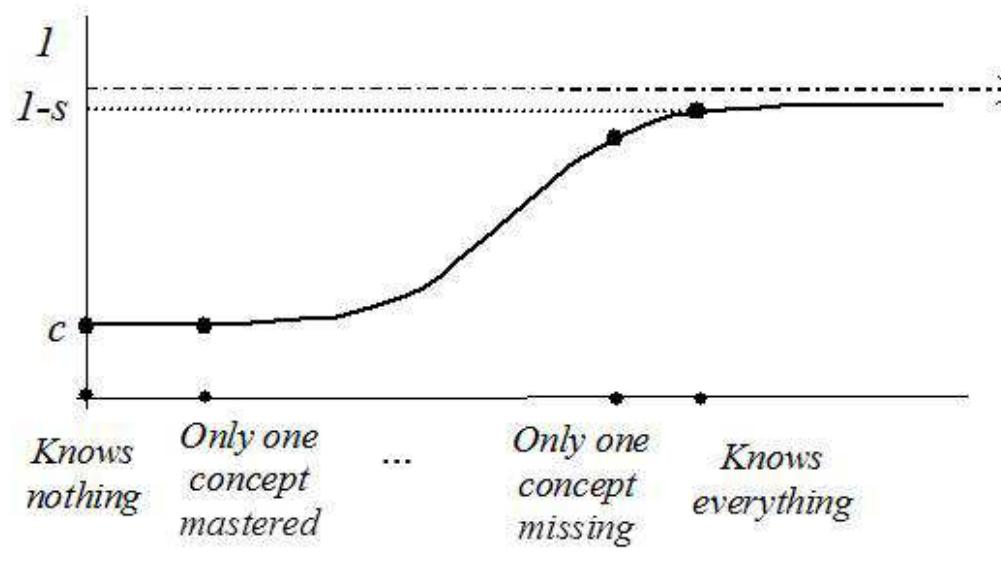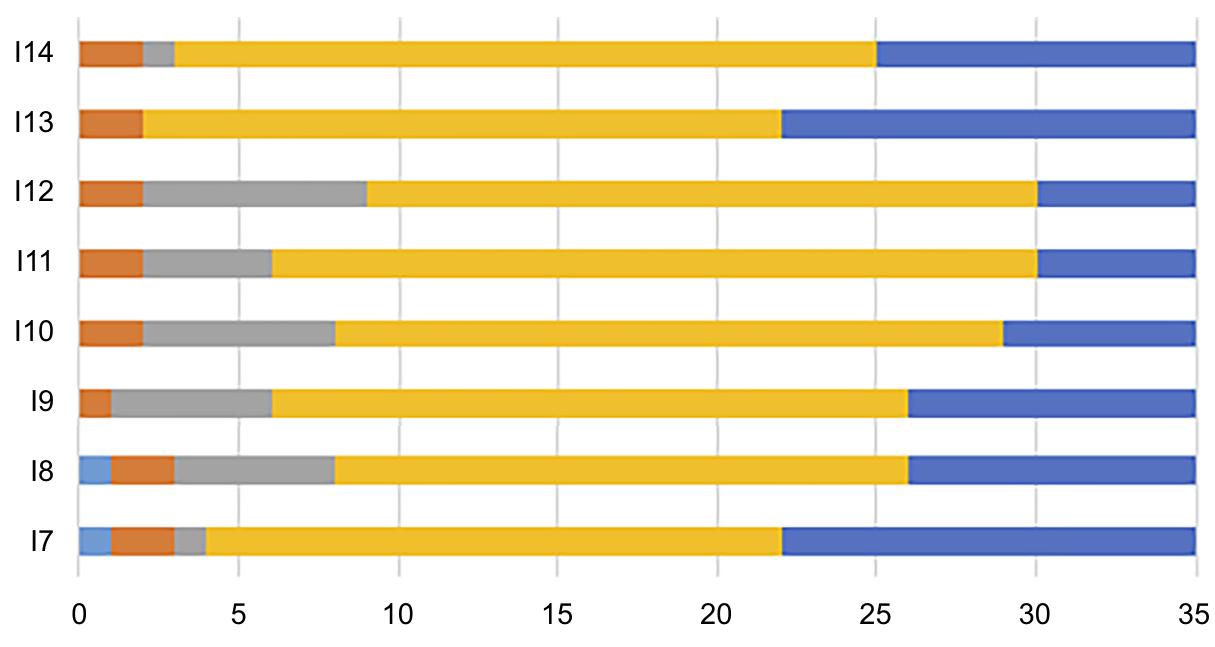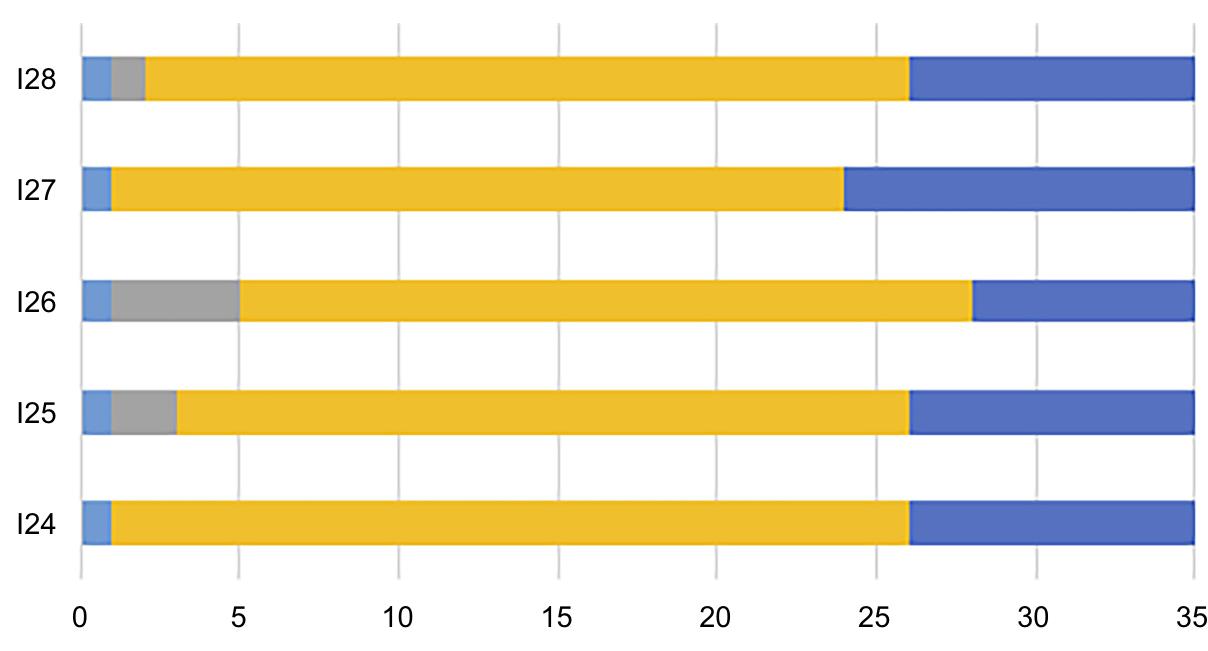Key research themes
1. How can competency development in mathematical modelling be effectively supported in student learning trajectories?
This research theme explores the strategies, challenges, and structures necessary to develop and sustain modelling competencies in students across secondary education, with an emphasis on realistic, technology-rich environments and progressive curricular integration. It matters because mathematical modelling competency is crucial for students to solve real-world problems meaningfully and independently, yet its sustained implementation and student mastery remain challenging.
2. What is the impact of open and social student modelling interfaces on learner engagement and knowledge reflection?
This research stream investigates how exposing learners to transparent representations of their own and peers' knowledge states through Open Student Modeling (OSM) and Open Social Student Modeling (OSSM) can improve engagement, motivation, and learning outcomes. It matters because adaptive educational technologies rely on student models, but transparency and social comparison may catalyze deeper reflection and self-regulation, enhancing effectiveness.
3. How can probabilistic and Bayesian approaches enhance student modelling for knowledge assessment in adaptive learning systems?
This theme revolves around the application of probabilistic modelling, particularly Bayesian networks, to dynamically assess and update student knowledge states in intelligent tutoring systems, allowing for adaptive assessment and improved prediction of student performance. It is important because probabilistic student models can represent uncertainty and misconceptions, enabling more accurate and efficient personalization of learning experiences.























































